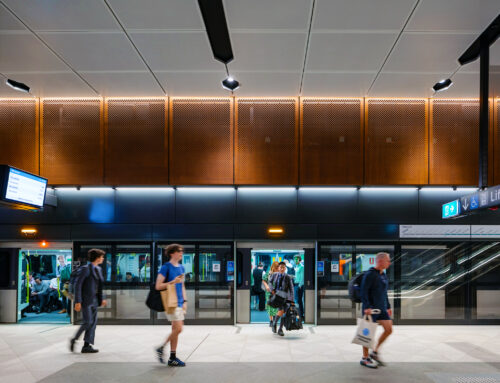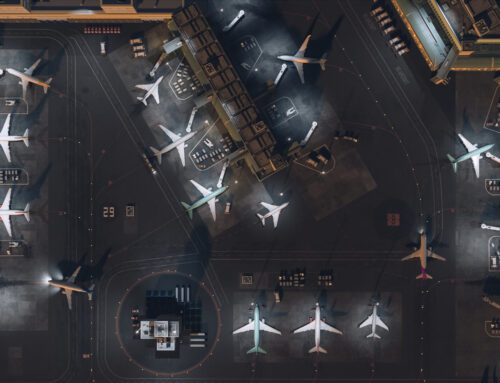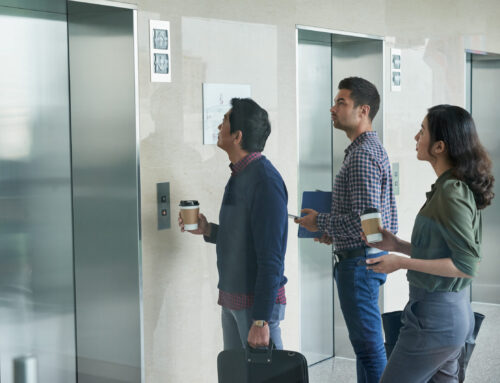The fundamental reason for getting technology right up front is that it’s moving very quickly. We know we need to design not only for today but for tomorrow as well.
One of the things that’s happening in the market is that technology is becoming more commonplace and the outcomes that technology delivers are becoming a differentiator between one built asset and another. So, getting that fundamental piece right and future proofing the infrastructure around it to accommodate future technology, is absolutely clear.
Another key factor is that the typical tenant market for build-to-rent is technology savvy. They expect to be connected; they expect convenience and they’re concerned with sustainability and climate change. Technology allows for monitoring building performance while allowing the data to be viewed by a tenant at the same time as automating sustainability outcomes and improvements.
An overview of smart buildings’ technology
There are a lot of different perceptions about what a smart building actually is. My definition is that it’s an integrated technology platform that brings together various technology elements that may be delivered as part of other services. For example, a building management system controlling air conditioning, lighting control, security CCTV and many other things.
But, it’s not limited to the technology itself. It’s also about ingesting data that may come from third party sources like a community web page, retail environment or even public transport information, and making all of that data and information available to the user in, what we refer to as, a single pane of glass. We can capture all of this data and also retain the ability to control who can see what.
A building owner doesn’t need to be fearful of the wrong people seeing information they shouldn’t because, as we know, different stakeholders in a built asset have different priorities and motivations. A facility manager or buildings’ engineer is going to need access to certain information that might relate to utilities, energy management and metering. A tenant may be more interested in the food and beverage offer that’s available in the precinct downstairs or the community event that requires the booking of a barbecue facility within the building.
How smart technology can lower operational costs
By capturing data, we can manage outcomes.
If we’re not looking for data, we’re not capturing or reviewing data and we actually don’t really know how people are using a building or how a particular piece of plant and equipment is performing. So, trying to then align with maintenance contracts and contractors becomes a challenge.
We want to be able to capture and present all that data so that building owners have the best opportunity to align the building’s performance with how occupants want to use it and avoid wastage.
We also want to make sure also that the plant and equipment is performing in line with the design and manufacturer’s design. If we see an anomaly that suggests it’s operating poorly, there’s an opportunity to quickly identify that and do something about it before it costs a lot of money in energy and repairs.
Using technology to maximise return
This is about the way that people use a building, environment or facility. We need to make sure that the building’s performance aligns with the way that people want to use it. In a build-to-rent environment, we’re influencing the way that somebody’s home is going to operate, so it’s important to get that right.
Technology can help make sure we get that alignment, giving an owner the best opportunity to make sure that a tenant remains loyal to the precinct or property. This potentially leads to less churn and re-leasing. This means less inconvenience of goods lifts being monopolised by people moving in and out, among other advantages.
There’s an opportunity to use the functionality of technology to deliver new revenue streams. Examples include internet connectivity as a service, booking of shared facilities and letting car park space that’s underused.
Choosing the right premium technology
The biggest value technology can offer a tenant is convenience and comfort. So, the more things we can provide in a building to service these needs and desires, the more those tenants will be sticking to the building itself.
This could include information about public transport, community events, access to the car park and security. As a tenant, you want to make sure homes are secure and delivery drivers aren’t getting into areas they shouldn’t be. Giving access to residents to view their homes to understand if things have been left turned on or if somebody else is in there are excellent add ons.
For a build-to-rent development, it’s about identifying what is going to add value in terms of operational cost reduction, tenant comfort, convenience and sense of community. That’s what’s going to make them sticky to the building.
Prioritising user experience
Designing technology isn’t about engineering technology alone. Engineering outcomes are certainly something to focus on, but it’s important to be equally focused on user experiences and people-centric design. Let’s not forget about the people.










